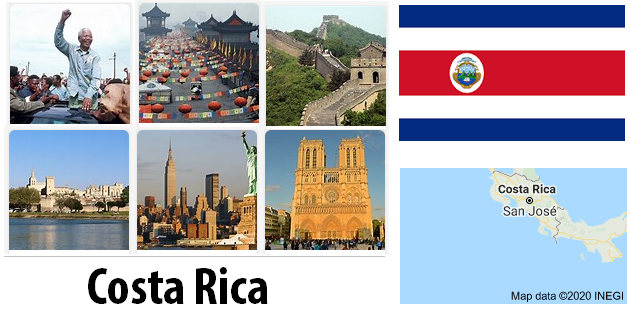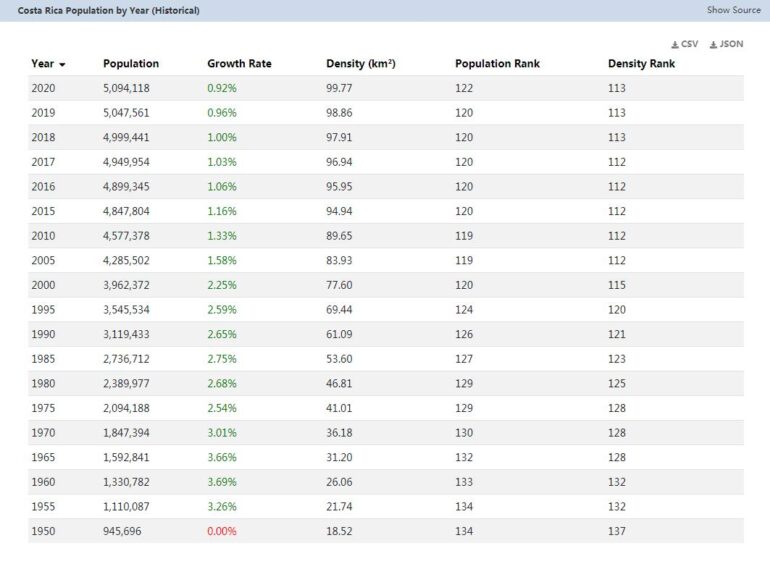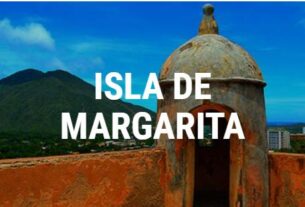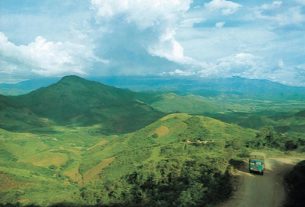In 1502 Christopher Columbus, on his fourth voyage, landed on the coast which he called “Costa Rica y Castilla de Oro”, which was immediately incorporated into an already existing Spanish district, that of Veragua.
In 1540 its territorial jurisdiction was established for the first time and then in 1573, under Philip II, its limits were established.
The first exploration of the coasts was however made around 1520 and colonization began almost immediately. Only in 1525 was the first center founded which was called Bruselas.
Many years later, between 1561 and 1565, exploration of the interior was undertaken and therefore the conquest of the territory was completed by Juan Vasquez de Coronado.
In 1566 she was elected to governorate and the first governor was Perafan de Rivera. Numerous other governors took turns, each carrying out important actions, such as Diego de Artieda, who founded the city of Artieda in 1577; Andres Arias Maldonado y Velasco who in 1655 discovered the port of Limon; Juan Lopez de la Flor, who dismissed the corsairs in 1663; Juan F. Saenz Vazquez, who in 1673 tamed an Indian uprising and drove out the pirates and buccaneers who infested the coasts of Matina and opened the port of Caldera to trade, but certainly the most important of all was Tomas de Acosta who went the extra mile in all ways in the exercise of its functions.
In 1798 he made a journey through the whole colony; in 1802 he built a road from Quircot to the Virilla river; in 1803 he opened a grammar school in San Josè and in 1809 he sent detailed reports on the state of poverty in the country, urging the Spanish Crown to take appropriate measures.
In 1810 the governor Juan de Dios de Ayala asked the king to establish a Bishopric and in 1813 Don Florencio del Castillo, deputy, and president of the Cortes of Cadiz, managed to obtain appropriations for the improvement of the colony which was, in fact, a colony. Spanish, dependent on Guatemala, until September 15, 1821, the day on which he declared himself independent.
Proclaimed independence, in 1824 he joined the federal union of Central America.
In the same year Juan Mora Fernandez was chosen as president and he governed for eight years with great commitment; did an important legislative and social work; promulgated the first Constitution, had schools built in every center and in the capital San Josè established the secondary school of teaching of S. Tommaso; he founded the mint, favored agriculture, built communication routes and founded the basic elements for the subsequent national periodicals.
In 1833 the new president Josè R. Gallegos founded the hospital, built hospitals and the university. Two years later he was replaced by Braulio Carrillo who in 1834, through an Assembly, detached Costa Rica from the Federal Union, which then dissolved in 1840. Then Carrillo was deposed and exiled and in 1842 he was taken prisoner in Cartago and shot for attempting to raise some cities against the government.
The new president Josè M. Alfaro promulgated a new Constitution and among the works that distinguished it there was the transformation of the institute of S.Tommaso into a university.
In 1849 the newly elected, Juan R. Mora, founded the faculty of medicine, created the first bank and had the Government Palace built. Under his presidency the Bishopric of Costa Rica was created and a long campaign was fought against the buccaneers, eradicated in 1856. Numerous presidents then took turns until Alfredo Gonzales Flores was elected who in January 1917 was deposed by a revolt of the then minister of the Guerra, Federico Finoco, who promulgated a new constitution, after two years of corrupt rule he fled abroad with public funds.
A provisional government was then chaired by Francisco Aguilar Barchero, who first restored the Constitution in vogue in 1871 and then called the elections from which Julio Acosta emerged victorious, who joined the League of Nations in 1920 and proposed joining the Congress. for the meeting of the Central American Republics again in “Confederation”.
The Constitution was agreed on the model of that of the United States of America: the Republics of: Costa Rica, Guatemala, Honduras, Nicaragua and Salvador committed themselves to diplomatic and consular unification, to the customs union, to the equality of the monetary system and weights and measures, to the disciplined organization of railways and shipping lines, with a single political and mercantile flag.
But Parliament did not approve the proposal to join the Central American Union (June 28, 1921). The same year, Costa Rica had a conflict with the Republic of Panama over border areas and prevailed.
For the four years 1928/1932, Cleto Gonzales Viquez was elected.
In 1940 the new president Rafael Angel Calderon Guardia deplored the entry of Italy into the war alongside the Germans; in December 1941 he declared war on the Tripartite; with the help of the United States he had the Pan-American road built from San Josè to the borders of Panama; he improved the cultivation of rubber, that of abacà, which is a particular banana tree whose textile fibers provide Manilla’s hemp, that of quinine (ie the essential part for the production of quinine) and balsa wood; all crops that had to repay for the losses suffered by the decreased production of coffee. His economic policy was devoted to improvement, to containing prices. He canceled the law that prohibited immigration to the Chinese. He instituted a Labor Code (1943) and a Health Code (1944).
In the elections of 1944 Teodoro Picado Michalski was president, supported by the “Vanguardia Popular” party, of communist origin. Francisco Calderon (brother of Rafael Angel, ex president) was appointed as Vice-President, who attempted to gain power in February 1948, but was beaten by the candidate of “Union Nacional”, Otilio Ulate. See Countryaah for population and country facts about Costa Rica.
The latter, on the following March 2, accused of complicity in the killing of two agents, was arrested by Renè Picado, brother of Teodoro, and by Calderon, but was immediately released. Colonel Josè Figueres supported him with his military support and fought government troops; had the better but, on April 14, through the intercession of the Apostolic Nuncio, Msgr. L. Centoz, began peace negotiations that ended on April 20. Picado and Calderon went into exile in Guatemala.
On the 24th of the same month, a provisional government was presided over by Leon Herrera who immediately established a ministry headed by Figueres. On May 3, a “Revolutionary Council” was formed whose main task was to design a new Constitution to be submitted to the National Assembly. Elections were called for December 8, 1948. Ulate was elected; he was a good president and came to the end of his mandate, during which Costa Rica abolished the army and joined the Odeca, that is, the Organization of the States of Central America, encompassing El Salvador, Guatemala; Honduras and Nicaragua.




